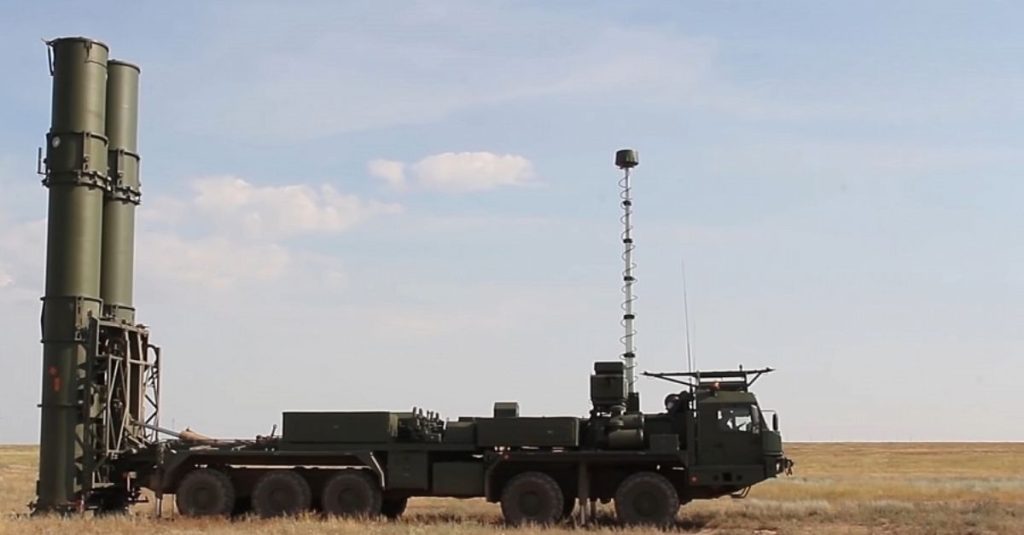
The path to today’s air defense stance in Crimea started not with a turn of a single decision, but with a series of strategic steps by Moscow to strengthen one of its most strategically vulnerable areas. Over the last few months, the peninsula has become the area for operational deployment of Russia’s top-of-the-line surface-to-air missile system the S-500 “Prometey” a platform aimed at countering threats ranging from stealth planes to hypersonic missiles and even low-orbiting satellites.
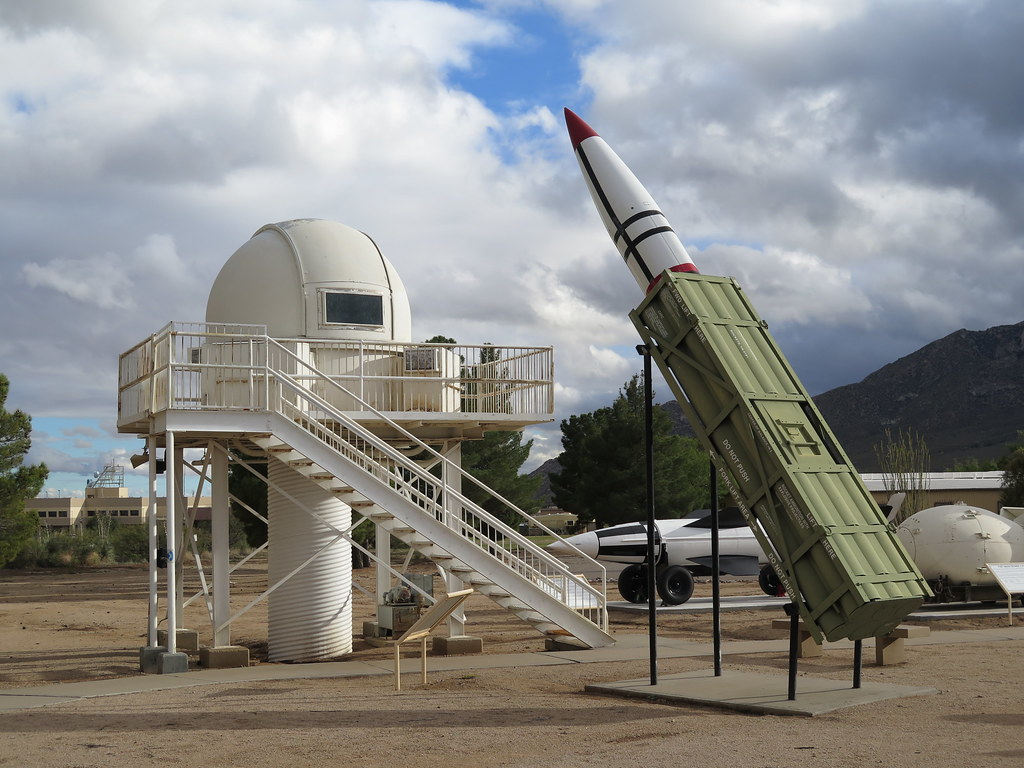
1. Geopolitical Importance of Crimea
Crimea is geopolitically very important to Russia. It occupies a strategic location at the entrance to the Black Sea and is home to important infrastructure, including the Kerch Bridge, a $4 billion connection between the peninsula and mainland Russia. In addition to being a logistical conduit for military equipment, this bridge also serves as a symbol of Moscow’s grip on the territory. Ukrainian troops have attacked it repeatedly, using truck bombs, drone ships, and U.S.-provided Army Tactical Missile System (ATACMS) attacks. Securing it is now a high priority for Russia’s Aerospace Forces.
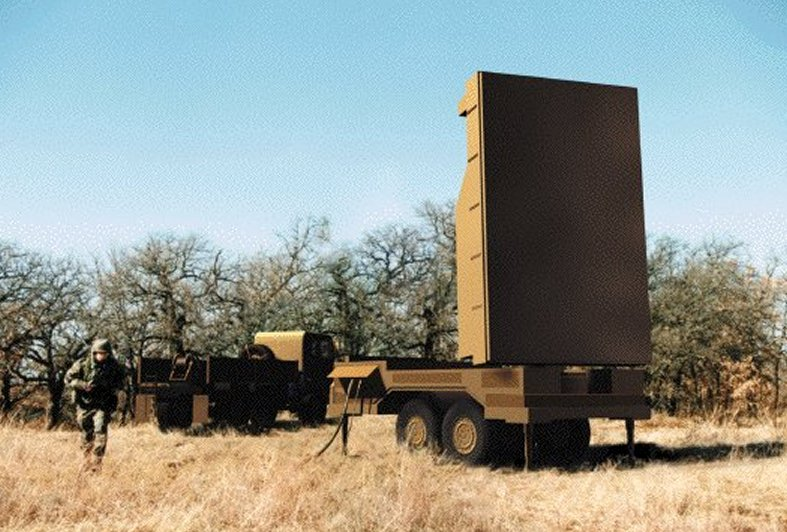
2. The S-500 Prometey: Technical Capabilities
The S-500 is a quantum improvement over the S-400 in range, altitude, and flexibility. With a range of up to 600 kilometers and the capacity to intercept targets at 200-kilometer altitudes, it is capable of engaging near-space threats. Its 77N6-N and 77N6-N1 interceptors can strike targets moving at Mach 20 speeds. The radar set consisting of the 91N6A(M) acquisition radar, 96L6-TsP tracking radar, and 76T6/77T6 engagement radars offers 360-degree coverage and the simultaneous tracking of several ballistic targets.
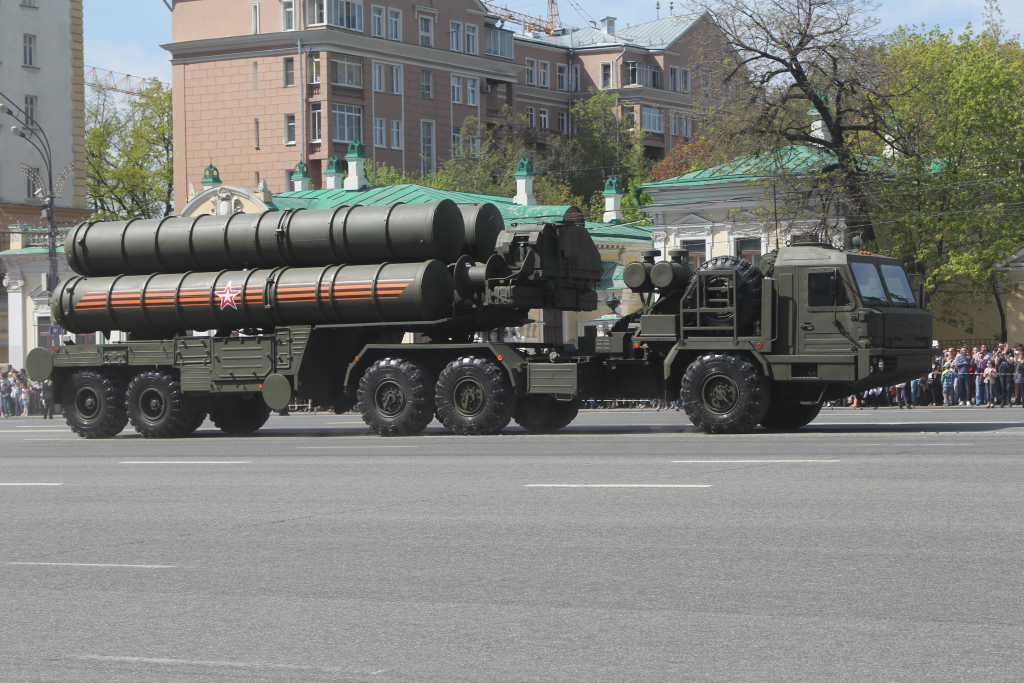
3. Multi-Layered Defense Integration
The S-500 isn’t standalone. In Crimea, it is part of a layered system with S-400 Triumf, S-350 Vityaz, Buk-M2, Pantsir-S, and Tor-M2 systems. The design enables engagement with various ranges and altitudes, providing redundancy and overlapping the coverage. Lower-tier systems deal with cruise missiles, drones, and short-range ballistic threats, and the S-500 composes the top tier, which can intercept intercontinental ballistic missiles (ICBMs) and hypersonic glide vehicles.
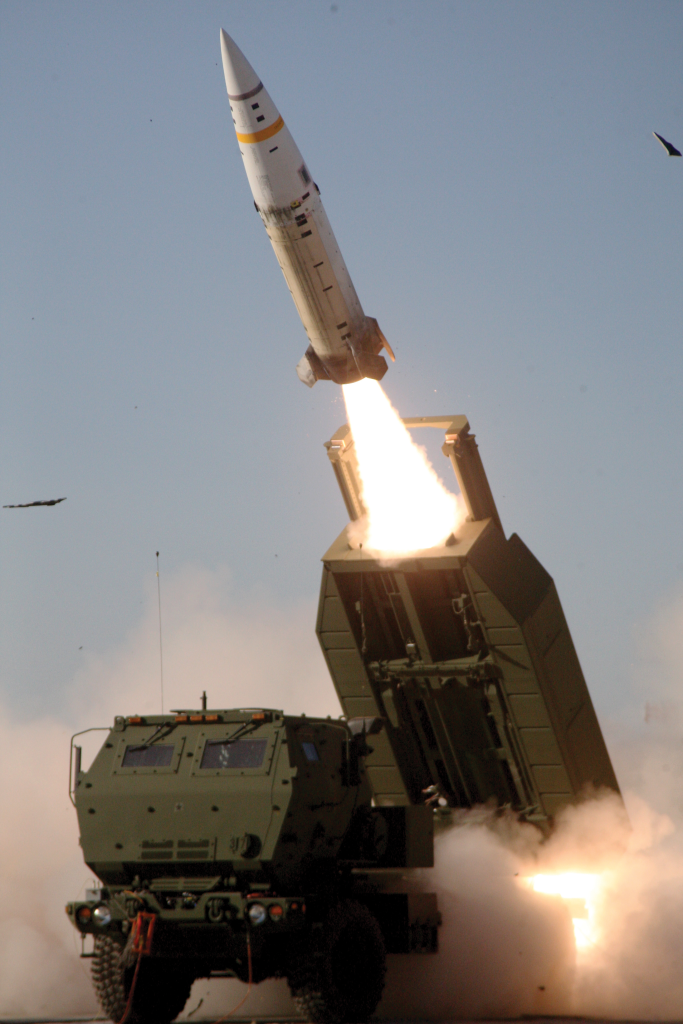
4. Counter to Ukraine’s Long-Range Strike Potential
Ukraine’s military has changed dramatically with U.S. shipments of longer-range ATACMS and other “deeper strike capabilities.” These missiles, which have ranges close to 190 miles, have already knocked out Russian ferries, air defense radar, and helicopters. The S-500’s introduction is a direct counter to these threats, designed to destroy ballistic missiles before they can impact critical such as the Kerch Bridge.
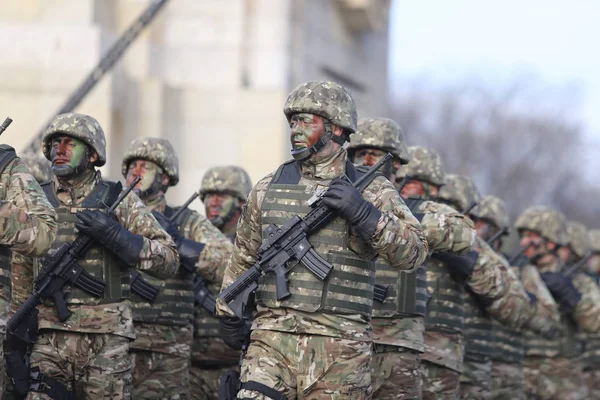
5. Combat Experience and Vulnerabilities
Although the full capabilities of the S-500 have not been tested in real-world combat, Russia’s recent loss of S-400 batteries to ATACMS attacks demonstrates the vulnerability of fixed air defense assets. Special forces from Ukraine have knocked out radar stations, electronic warfare systems, and missile launchers worth billions. The attacks demonstrate the value of mobility the S-500’s road-mobile 10×10 BAZ-69096 chassis enables quick repositioning to evade detection and targeting.
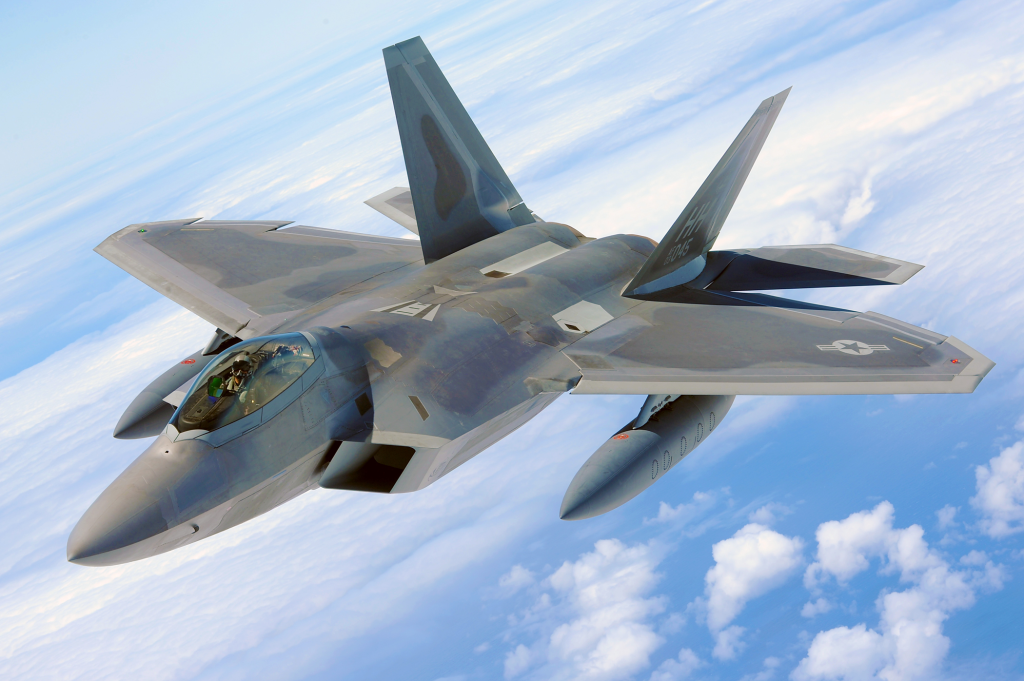
6. Stealth Aircraft Interception Potential
Russia boasts that the S-500 can identify and target stealth planes like the F-35 Lightning II and F-22 Raptor. The system’s multi-frequency radar and sophisticated signal processing are designed to counter low-observable technology. Although no intercepts are known to have taken place, the theoretical capability puts NATO’s best fighters in jeopardy in contested airspace.
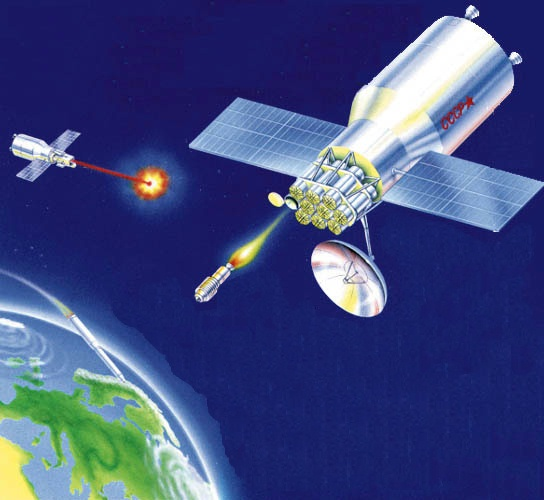
7. Space Warfare Dimension
In addition to atmospheric threats, the S-500 is said to be capable of destroying satellites in low Earth orbit. This capability puts Russia’s defensive reach into the space environment, possibly disrupting enemy reconnaissance, communication, and navigation systems in times of war.
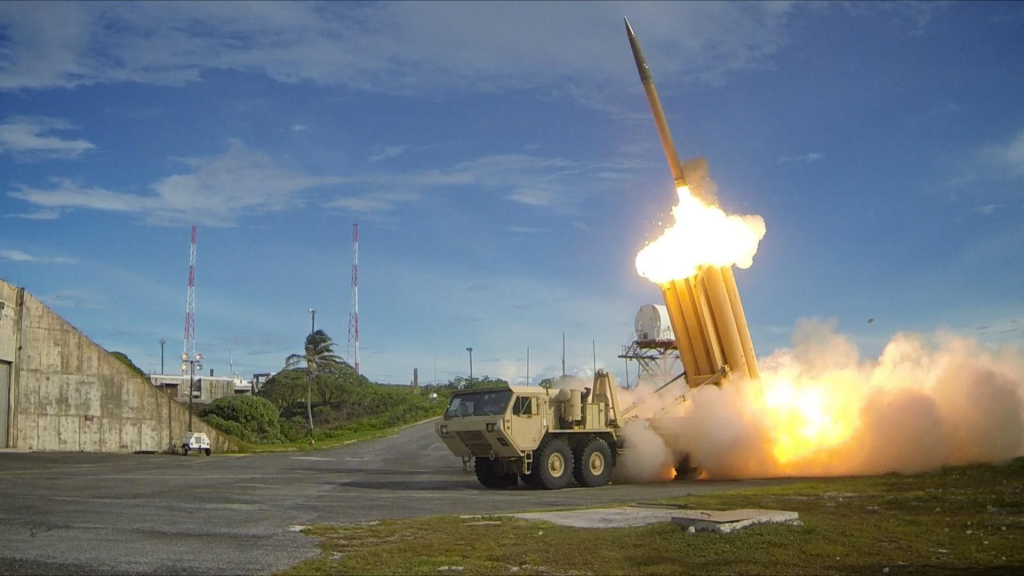
8. Comparative Analysis with Western Systems
Against Western rivals, the S-500 specifications are imposing. The U.S. THAAD system’s maximum range is roughly 200 kilometers and does not have hypersonic interception capabilities. The Aegis Ballistic Missile Defense system, although capable in naval environments, cannot compete with the S-500’s integrated radar sophistication or mobility.
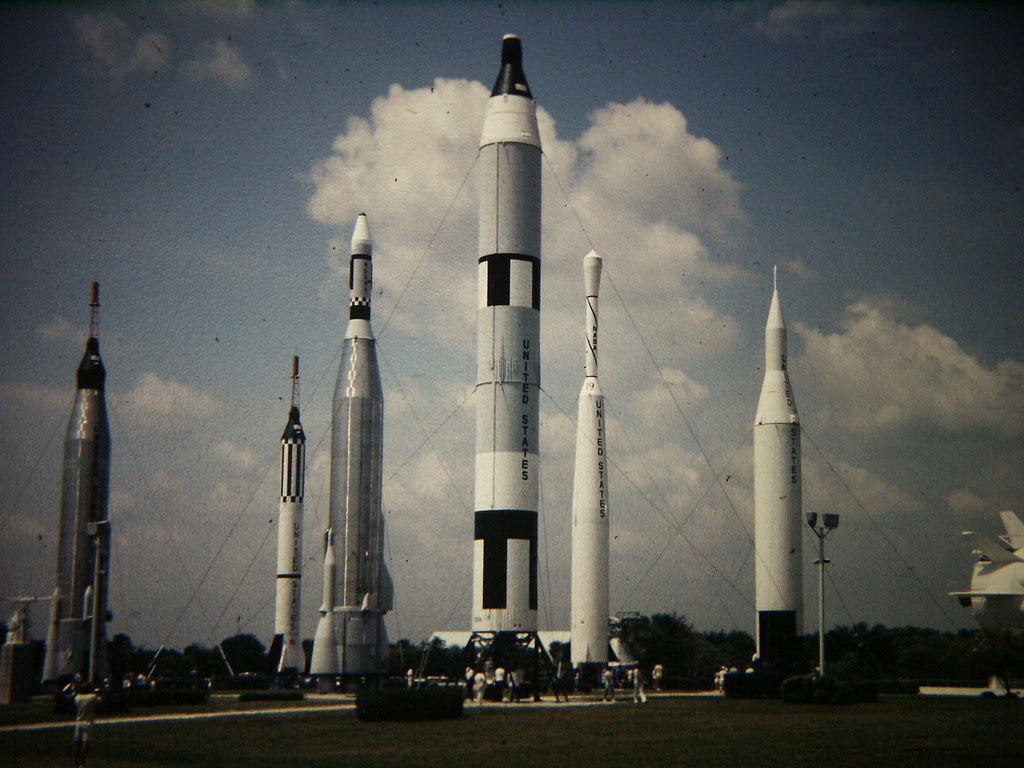
9. Future Developments and S-550 Integration
Russia intends to combine the S-500 with the new S-550, which will be streamlined for defense against ICBMs and space threats. A naval version is being considered, possibly expanding coverage to marine zones. Production difficulties because of sanctions and manpower constraints have held back deployment, but Moscow remains committed to these systems for strategic deterrence.
The S-500 deployment in Crimea represents a fundamental upgrade in the air defense capabilities of the region. By integrating sophisticated radar, high-speed missiles, and placement within a multi-layered framework, Russia has established one of the most powerful air defense umbrellas on the planet capable of addressing the new threat dynamics of contemporary warfare.

